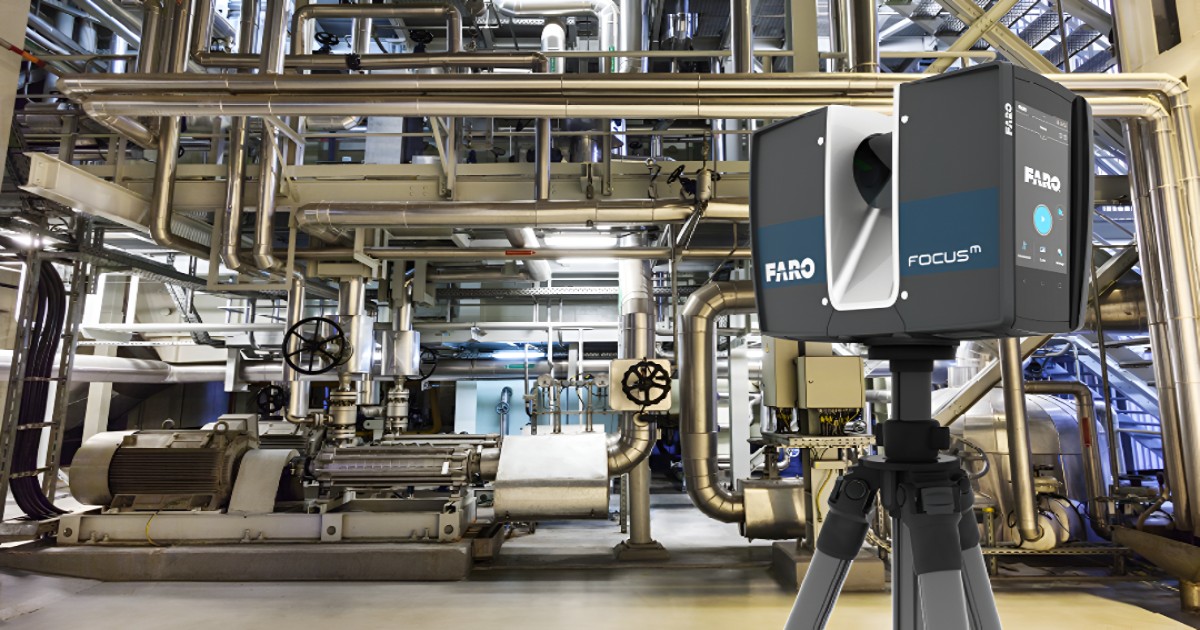3D laser scanning technology has completely changed how industries collect, analyze, and interpret physical data. Whether it is applied to engineering, manufacturing, construction, or even preservation, 3D laser scanning provides unmatched accuracy and efficiency when mapping intricate geometries. As companies increasingly adopt this advanced technology, its clear that 3D laser scanning is becoming a key tool for many professionals worldwide.
At its core, 3D laser scanning is a process that uses lasers to capture a physical object’s shape, dimensions, and spatial orientation in high detail. The technology works by emitting a laser source onto an object and measuring the reflection to generate thousands or even millions of precise data points. These points are then compiled to create a point cloud, which is a highly accurate digital representation of the scanned object or environment.

Precision and preciseness: The great accuracy offered by 3D laser scanning is among its most important benefits. Human error is frequently a possibility with traditional methods of mapping and measuring objects, but laser scanning removes this issue. Even the smallest details can be captured by the technology, guaranteeing accurate measurements that are crucial for projects that need precise specifications.
Efficiency in data collection: 3D laser scanning is incredibly efficient when it comes to collecting large amounts of data in a short time. In industries where time is of the essence, such as industrial design and construction, this is particularly helpful. As opposed to the hours or days that manual measurement typically takes, it can be finished in a fraction of the time without compromising accuracy.
Architecture and construction: Used for designing blueprints or retrofitting projects.
Manufacturing: Helps in reverse engineering parts or ensuring product quality.
Cultural heritage: For preserving historical monuments and artifacts.
Healthcare: Assists in creating custom prosthetics or anatomical models.
Scanning the object or environment: The 3D laser scanner is set up at a fixed location. After that, it starts to shoot laser beams that move over the target object. A data point is gathered each time the laser strikes a surface, depending on the angle and distance of the reflection.
Creating a point cloud: As the scanner moves, it gathers millions of these points, creating a point cloud. This cloud forms a highly detailed, three-dimensional digital model of the scanned object or environment.
Post-processing and analysis: Once the point cloud is generated, it is transferred to specialized software where it can be manipulated for various uses. Engineers, architects, or designers can then analyze the model for any necessary modifications or measurements.
Construction and architecture: In construction, 3D laser scanning is a valuable tool for designing and planning structures. It can swiftly map out expansive spaces or existing structures, giving construction teams access to extremely precise data. Errors are decreased, and improved project management is made possible.
Manufacturing and reverse engineering: 3D laser scanning plays a pivotal role in reverse engineering. By scanning existing parts or prototypes, manufacturers can recreate designs, perform quality checks, or improve upon existing products. This is essential for industries like automotive or aerospace, where precision is key.
Preservation and restoration: For museums and cultural institutions, 3D laser scanning is an excellent tool for preserving historical artifacts. It allows for detailed replication and conservation of ancient buildings or sculptures, ensuring that cultural heritage is maintained for future generations.
In terms of accuracy, speed, and versatility, 3D laser scanning is simply superior to conventional measurement techniques like tape measures and digital calipers, which have found use for centuries. Laser scanning is the more effective and dependable option for complex projects because it can collect data from hard-to-reach places and is less likely to make mistakes.
As technology evolves, 3D laser scanning is only expected to become more advanced. Innovations such as faster scanning times, improved portability, and integration with other technologies like artificial intelligence (AI) or augmented reality (AR) will likely make this technology even more indispensable across various industries.
In conclusion, 3D laser scanning is a useful tool in sectors like manufacturing, cultural preservation, and construction because of its many advantages. It is a worthwhile investment for businesses trying to streamline their operations and lower human error because of its quick turnaround time and capacity to provide accurate, comprehensive data.
If you want to use innovative techniques for your projects, think about utilizing 3D laser scanning to reach new levels of accuracy and productivity.
© 2025 RA Global Tech Solutions
Site design and developed by Rajkar Global